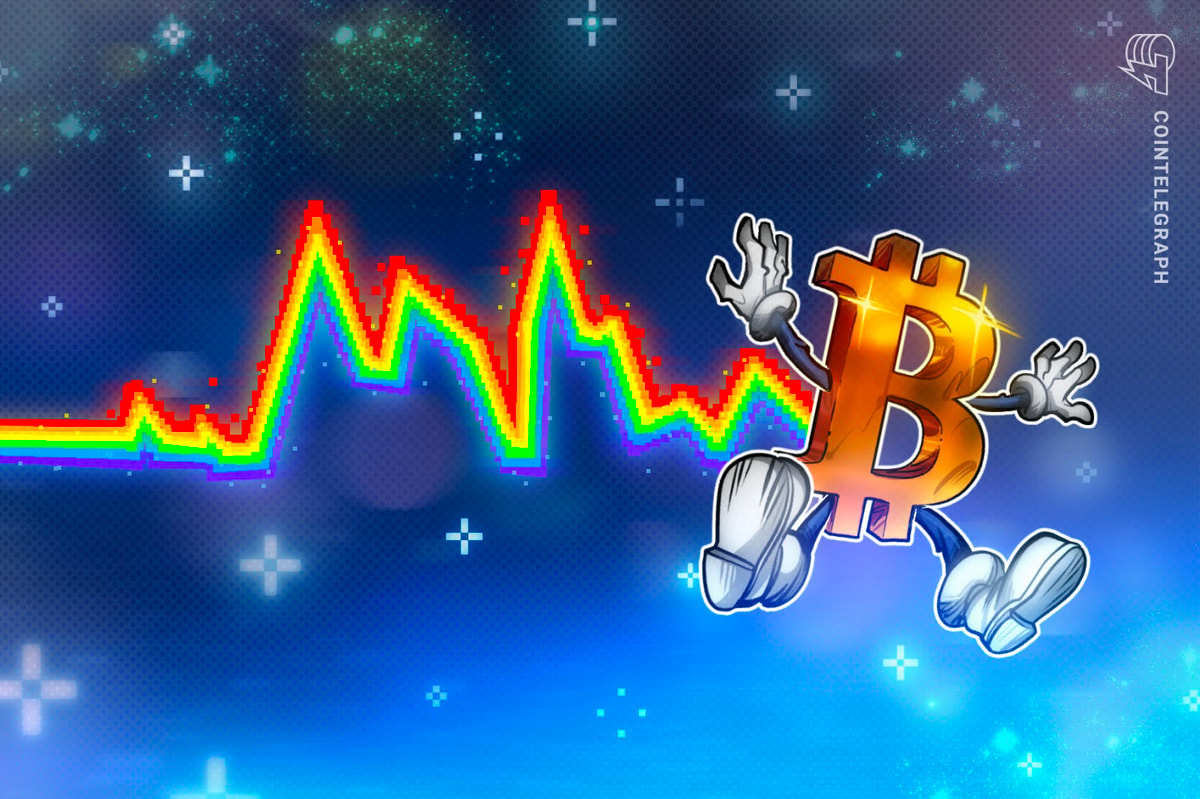What is a bullish market?
A bullish market is one that is a rising market met with increasing investor confidence.
Asset markets will rise and fall continuously during trading. In periods where prices rise over a continuous period of time, the market can be defined as a bull market or bull run. Although the origins aren’t clear, most people associate these terms with the way a bull attacks; by thrusting its horns upwards. These markets may last for months or even years, although the exact dates can’t be determined until afterward. Along with a rise in prices comes rising investor confidence as investors become optimistic or “bullish” about the price increases further.
Unfortunately, investor confidence doesn’t last forever - which can lead to a sharp downwards price movement and the beginning of a bear market.
How to invest in a bull market?
Investors often try and take advantage of a bull market by buying as low as possible and waiting for asset prices to increase.
When the market is bullish, investors will often try to take advantage of the rising prices by buying stocks as early in the bullish cycle as possible and selling them when they reach their peak. Any losses incurred during a bull market will be temporary, allowing investors to continue to invest with confidence that they will make a return.
Popular strategies include “riding the trend,” in which investors will select coins that are already on a strong uptrend to profit from the remainder of the upside momentum. Another well-known strategy is known as “buy and hodl,” where users will hold their currencies throughout the bull run and sell when prices are as high as possible.
That said, it is always considered unwise to time the market. Instead, the principle of dollar-cost averaging or investing equal dollar amounts at specific time intervals can help investors benefit from corrections and crashes as much as possible.
What is a bearish market?
Bearish markets are noted when asset prices fall along with investor confidence and corporate profits.
Like how a bear attacks by swiping downwards with its claws, a bear market is the opposite of a bull market and is typically noted when an asset class falls more than 20% over an extended period of time (roughly two months). Bear markets often occur after a recent peak. A bear market may last a few weeks or over the course of several years.
During these periods, investors’ main feelings are often fear, uncertainty and doubt, hence the acronym FUD. New investors will often shy away from participating in a bear market for these reasons.
How to invest in a bearish market?
Investors often see Bearish markets as opportunities to build lower positions over time as they await the next cryptocurrency bull run.
Bear markets can be difficult for beginners to trade in, as greater chances of losses often categorize them. However, buying during a bear market can pay off when the cycle reverses itself and asset prices rise. The only issue is that nobody can determine how long the dip may be lost or how far the prices may drop. The biggest risk then becomes making a purchase prematurely or missing the chance to make a profitable investment.
For these reasons, investors are encouraged to build their positions over time. Users can continue adding newer positions as prices fall rather than trying to time the bottom of the market. This way, investors can take advantage of new lower prices as they fall.
For more experienced investors, short selling is another popular strategy in bearish markets. Short selling occurs when traders sell borrowed cryptocurrencies at a high price, with the intention to buy them back at a new lower price.
Why is it important to factor in the type of market?
Different markets will require different strategies to execute successful trades.
Bullish and bearish markets will both place a large influence on your investment portfolio. Therefore, all investors need to consider the type of market they are investing in to create the best strategy to mitigate risks in their portfolio.
That said, when considering the long term, the stock market has always proved a positive return over time.
How can automated trading software help out a trader in both markets?
An automated trading platform can help users identify and execute cryptocurrency trades with less manual effort.
It can be difficult for traders to find the time necessary to spend in front of graphs as they attempt to determine the right time to buy and sell. As a result, many have found that they have lost out on many opportunities since they weren’t on their computers at the right time. Automated trading can help cryptocurrency traders take advantage of as many of these opportunities as possible and addresses many of the problems mentioned above.
TradeSanta is an automated trading platform that helps users automate trades on many of the major exchanges. With automated trading features, users can take advantage of different algorithms to execute trades across multiple accounts and various strategies at one time. The program scans for trading opportunities based on market analytics and calculations and works significantly faster than manual clicking.
In the last year, TradeSanta has added TradingView signals for Binance, Huobi, and HitBTСX, all of which are based on the TradingView cryptocurrency screener. The platform has also rolled out the DCA bot for Binance (BNB)Futures in Alpha for the traders with the maximum subscription and added a last cycle option so the bot can finish the current cycle and stop.
Disclaimer. Cointelegraph does not endorse any content or product on this page. While we aim at providing you with all important information that we could obtain, readers should do their own research before taking any actions related to the company and carry full responsibility for their decisions, nor can this article be considered as investment advice.











